Can Cockroaches Fly? Yes.
When you think cockroach, you likely imagine something scuttling across the floor, not launching itself into the air. But if you've ever seen one take flight, you're not alone in wondering — can cockroaches fly? The answer: some can. And while they’re not the most graceful fliers, their ability to glide or flutter can make encounters even more unsettling.
As a professional pest control provider in Wellington, we’ve dealt with flying cockroach cases across Lower Hutt, Upper Hutt, and beyond. Below, we’ll break down which cockroaches can fly, why they do it, how it impacts your home, and what you can do to keep them out.
Which Cockroach Species Can Fly?
Not all cockroaches are built for flight. Most have wings, but few use them effectively — and some not at all. Here's a breakdown of the most common flying cockroach species found in or around New Zealand homes:
- American Cockroach – Large and reddish-brown, known for gliding short distances indoors, especially in warm weather.
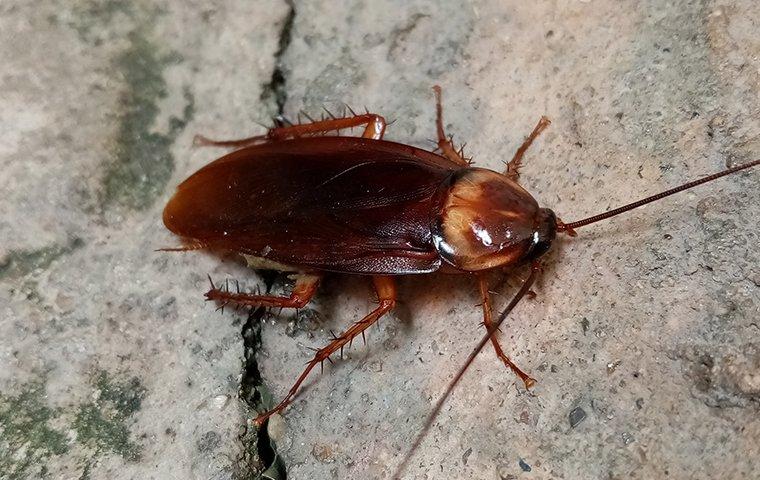
- Smoky Brown Cockroach – A strong flier, commonly active in humid outdoor environments.
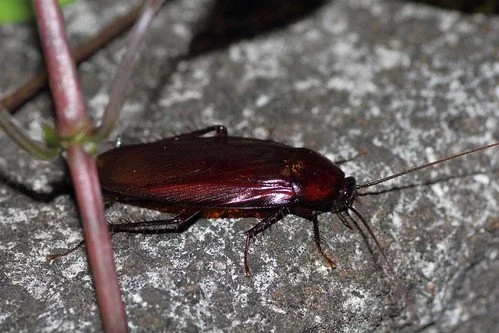
- Australian Cockroach – Typically found outdoors, but often flies inside during summer.
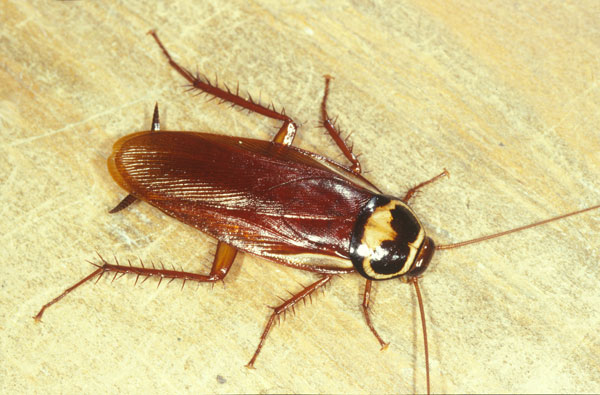
- Male Brown-Banded Cockroach – Only the males of this small indoor species can fly; females cannot.
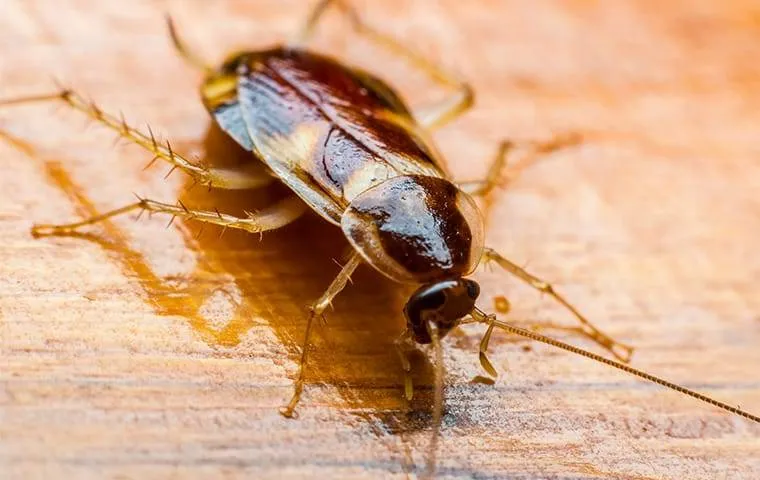
- Native Bush Cockroach – A harmless New Zealand native often mistaken for pest cockroaches; some individuals can flutter or glide when disturbed.
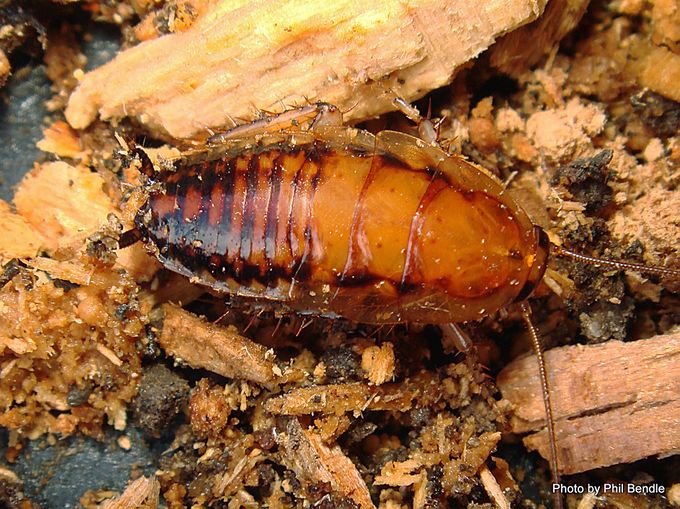
(Photo here: Close-up of an American or Smoky Brown cockroach on a wall. Description: “Flying cockroach with visible wings – capable of short glides indoors.”)
It’s also worth noting:
- German Cockroach – Has wings but doesn’t fly; prefers crawling and hiding.
- Oriental Cockroach – Winged but flightless, often found in damp, dark areas like drains.
Why Do Cockroaches Fly?
Cockroaches are cold-blooded, meaning their activity increases in warmer temperatures — particularly between 24°C and 29°C. Flying is usually a survival instinct, not aggression.
Here’s why they may take flight:
- To escape the heat – Flying helps them relocate from hot areas to cooler zones.
- When startled – Sudden movement may cause them to flutter or glide away.
- To find food or mates – Especially true for species like the male Brown-Banded cockroach.
- Gliding from height – Some use height to their advantage, gliding across rooms to reach other surfaces.
(Photo here: A cockroach mid-flight from a curtain rod. Description: “A startled cockroach gliding from a height indoors.”)
Are Flying Cockroaches Dangerous?
Flying cockroaches aren’t inherently more dangerous than crawling ones — but they can still pose health risks:
- They can carry E. coli, salmonella, and other bacteria
- Their presence can contaminate food surfaces
- Dead skin, droppings, and shed body parts can trigger asthma and allergies
- Their sudden movement makes them seem more aggressive, causing fear and stress
Native species like the Bush Cockroach are not dangerous and do not infest homes, but they’re frequently mistaken for pest species — especially if they fly when disturbed.
Why Flying Cockroach Activity Increases in Summer
Warmer temperatures fuel cockroach metabolism, leading to:
- Faster breeding cycles
- Increased foraging behavior
- More gliding or flying indoors
- Higher risk of indoor infestation
During summer, it’s not uncommon for outdoor cockroaches like the Australian or Smoky Brown to enter through vents, gaps in windows, or open doors in search of moisture and food.
How to Prevent Flying Cockroach Infestations
Flying cockroaches are intimidating, but with proper prevention, you can keep them out. Here’s how:
Eliminate Food Sources
Keep food sealed, clean spills quickly, and avoid leaving pet food out overnight.
Reduce Moisture
Fix dripping taps, leaky pipes, and dry out damp areas like basements or bathrooms.
Seal Entry Points
Use weather stripping, seal cracks, and cover exterior vents and drains.
Declutter and Clean Regularly
Less clutter means fewer hiding spots. Vacuum regularly and dispose of cardboard.
Maintain the Outdoors
Keep shrubs and trees trimmed away from the house, clean gutters, and seal outdoor bins.
(Photo here: Someone sealing a window frame. Description: “Sealing entry points is essential to prevent flying cockroaches indoors.”)
What to Do If You Spot a Flying Cockroach
Seeing a flying cockroach doesn’t always mean a major infestation — but it could. Most cockroach species are nocturnal and hide in hard-to-reach areas, so if one is visible, others may be nearby.
Because different cockroach species respond to different treatments, DIY sprays rarely fix the problem long-term. At Total Pest Control, we provide:
- Accurate identification of pest and native species
- Eco-friendly treatments safe for people, pets, and the environment
- Customised plans to target both flying and crawling cockroaches
- Long-term prevention strategies
(Photo here: Technician using a headlamp to inspect a kitchen baseboard. Description: “Professional cockroach inspection in progress.”)
Cockroach Problems in Wellington? We’ve Got You.
From Miramar to Upper Hutt, our team has helped hundreds of households reclaim their homes from cockroaches. Whether it's American cockroaches gliding in summer or a misidentified native bush cockroach, we’re here to help.
Call 0800 617 955 or fill out our online form to book a professional inspection.
Final Word
Flying cockroaches are unsettling, but knowledge is your first weapon. From which species fly to why they do it and how to keep them out, you’re now equipped to stay ahead of them this summer.
For everything else, call the Wellington experts at Total Pest Control. We're local, experienced, and ready to get rid of unwanted guests — wings and all.
.svg)